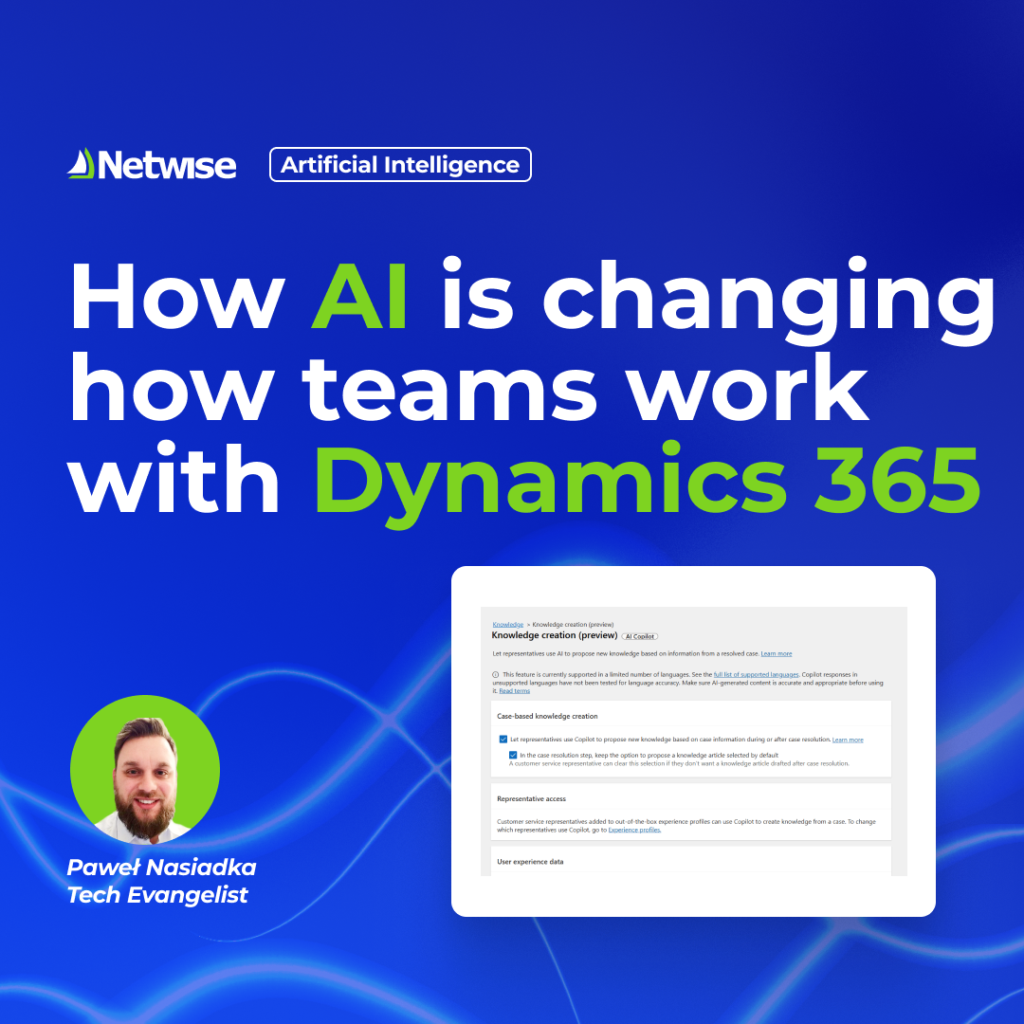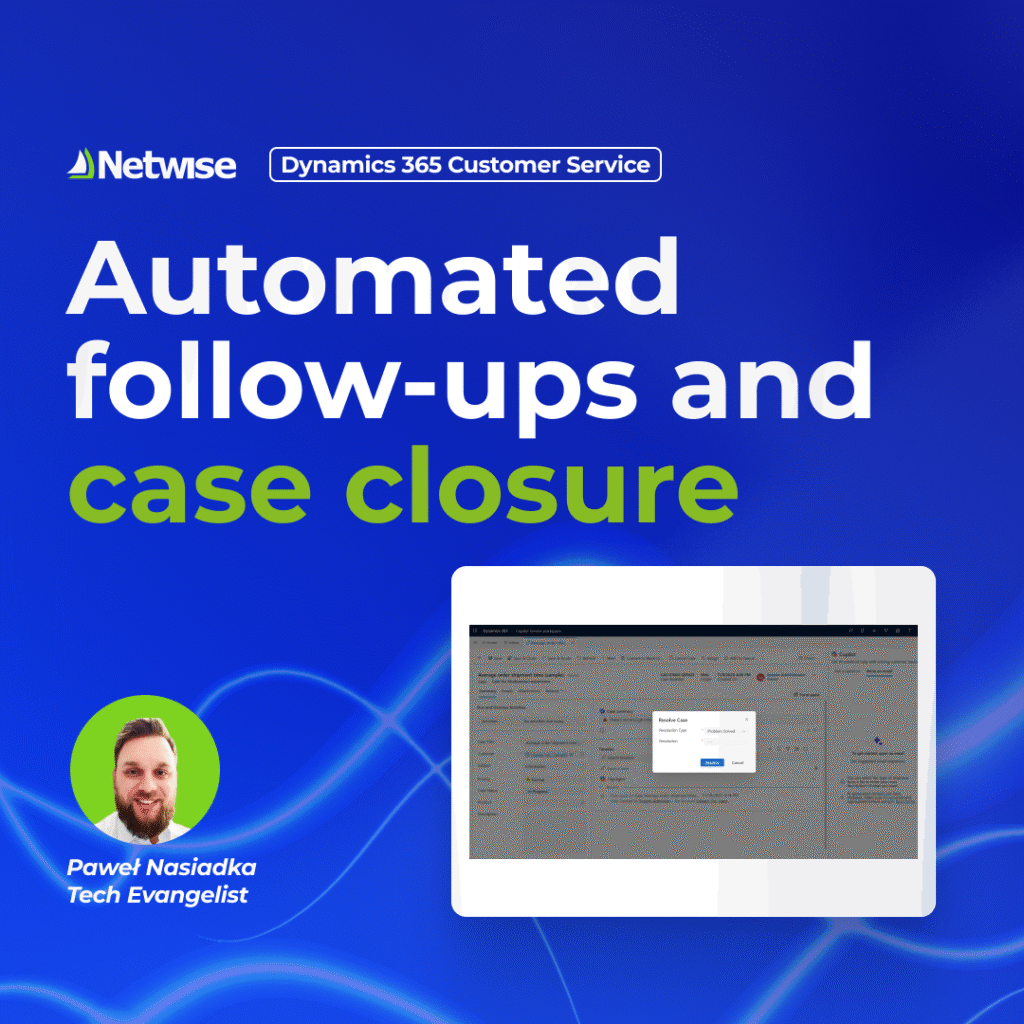In my earlier article, I explored the power of Customer Data Platforms (CDPs) and their role in crafting exceptional customer experiences.
However, in their ability to collect and structure customer data, CDPs seem similar to Customer Relationship Management systems. So, what is the difference between the two?
Today, I will dive into the differences between CDP and CRM, illustrating with practical examples when to use each tool for the best outcomes.
Understanding the types of customer management systems
CRM (Customer Relationship Management)
CRM systems are primarily designed to capture and store information we collect from direct customer interactions. They focus on empowering employees who manage one-to-one customer relationships, such as sales representatives, account managers, and customer service teams.
Typically, CRM data is entered manually, relying on sales and support teams to enter notes from calls, meetings, and service tickets. Insights from these interactions are crucial for managing individual customer journeys and fostering strong relationships.
CDP (Customer Data Platform)
Overview of key differences
To highlight the distinctions, here’s a comparison of the main aspects.
| CRM | CDP | |
|---|---|---|
| Primary purpose | Manage and track direct interactions with customers | Collect, unify, and activate customer data across systems and channels |
| User focus | Sales, customer service, sometimes marketing teams | Primarily marketing, analytics, and data science teams |
| Data type | Known customer interactions (e.g., sales calls, emails, support cases) | Drafting, rewriting, summarizing All customer data (known and anonymous), including behavior and context |
| Data source | Mainly manual or transactional entries | Automated ingestion from various systems (web, CRM, ERP, email, etc.) |
| Real-time activation | Often limited to CRM-owned channels | Available across multiple channels (ads, email, web, mobile) |
| Identity resolution | Limited, based on known customer ID | Advanced identity stitching across sessions, devices, and channels |
Working with both platform types
Combining the strengths of CRM and CDP is one of the best examples of a “better-together” approach. While they are distinct tools, when used strategically, they complement each other, delivering greater business value than either could on its own.
Here’s how a combined approach can supercharge your customer management.
Unified customer profiles
The CDP acts as a central hub, combining CRM data with insights from web, mobile, ads, points-of-sale, and social channels. This creates a 360-degree customer view that can be pushed back to the CRM or used in other tools for better customer service.
Enhanced personalization
While a CRM provides structured relationship data (e.g., account details, case history), a CDP adds crucial behavioral context (e.g., browsing behavior, email interactions, product interests). Together, they enable truly personalized interactions across all touchpoints – from one-to-one conversations to automated journeys.
Smarter segmentation and activation
Customer segmentation criteria in CRMs are often limited to contact data. A CDP allows for richer, real-time grouping based on behavior, lifecycle stage, and predictive analytics. These segments can then trigger CRM workflows (e.g., creating tasks, assigning leads) or automated marketing journeys.
Bi-directional data flow
A Customer Data Platform can ingest data from the CRM, such as contact details, sales interactions, and support history. It then enriches this data with behavioral insights (e.g., website activity), predictive scores (e.g., churn risk), and segmentation tags. This comprehensive information empowers customer-facing employees to adjust their activities accordingly and deliver more personalized service.
Predictive intelligence in the CRM workflow
CDPs such as Dynamics 365 Customer Insights – Data (CI – Data) often include AI models that predict customers’ future actions, such as churn probability or customer lifetime value, and recommend the next best action. We can display these insights within the CRM interface, helping sales or service reps take smarter actions.
The benefits of a combined approach
Working with a Customer Data Platform in combination with a CRM allows us to gain:
- A single, accurate source of truth about each customer, easily shared across teams.
- More relevant messaging that leads to better customer experiences and increased loyalty.
- Improved timing and targeting, resulting in higher conversion rates.
- A fuller view of a customer for sales and service teams, extending beyond what happens inside the CRM.
- Empowerment of frontline teams through data-driven insights, without the need to interpret complex dashboards.
Using a CDP system as a master data source
Beyond enhancing CRM capabilities, a CDP can also serve as a master data source for customer data in both business and individual contexts.
While not a traditional Master Data Management (MDM) tool, a CDP like Dynamics 365 Customer Insights – Data offers many MDM-like capabilities. As such, it can become a master data hub for many use cases, especially in customer-centric and Microsoft-native environments.
You can even extend its functionalities with governance workflows or stewardship features using Microsoft Power Platform.
Here is how a CDP functions similarly to an MDM system for customer data.
Data ingestion from multiple systems
CI – Data connects to CRM, ERP, e-commerce platforms, marketing tools, and external systems. Just like a Master Data Management system, it is capable of ingesting customer data from diverse, siloed sources.
Identity resolution and matching
Entity resolution is a key function of an MDM system. Much like that tool, CI – Data allows us to consolidate customer identities across channels.
The platform uses AI-powered, rule-based and probabilistic matching to unify records from different systems. This allows the system to deduplicate and link multiple representations of the same customer (e.g., “John Smith” vs “J. Smith”).
Unified customer profile
A key function of a CDP is creation of a unified customer profile based on data from various sources. This 360-degree view effectively functions as a “golden record” of your customer data, built on consolidated information.
Data standardization and enrichment
Similarly to MDM’s data stewardship capabilities, CI – Data allows us to effectively manage our data. The platform supports data mapping, cleansing, and enrichment using internal rules and third-party data providers. You can define calculated fields, transformations, and data quality checks based on your specific requirements.
Data sharing
A Customer Data Platform is a central data management system, in that it serves as the single source of truth for customer data. It makes this unified customer profile available to external systems via APIs or data exports. This ensures that accurate, real-time customer data is accessible across marketing, service, sales, analytics platforms, and various other tools.
Streamlining sales with CDP and CRM integration
Let’s look at a real-world example. Consider an international distributor of professional cosmetics and accessories. This company serves both business and individual customers, working with distributors, e-commerce platforms, and retail chains.
They offer competitive pricing and fast delivery thanks to advanced shipment tracking technologies. The company, places a strong emphasis on long-term relationships with both customers and suppliers.
The journey to a unified customer view
In the past, each sales representative had their own siloed approach. Customer data was scattered across individual Excel files, and communication was handled via Outlook – lacking segmentation, consistency, or measurable results. This absence of centralized customer data and processes across sales and procurement teams led to inefficiency and scalability challenges.
To bring structure and scalability, the company adopted an integrated solution based on Dynamics 365 for Sales, with a pivotal addition of Customer Insights – Data. The CDP integrated data from their ERP system, providing a 360-degree view of each customer, including details like last purchase date, preferred brands, order value, and more.
Personalizing customer interactions
Centralized customer data now supports advanced segmentation, which the company uses for automated, personalized marketing communications in Dynamics 365 Customer Insights – Journeys.
Dynamics 365 Customer Insights – Journeys makes it possible to engage customers through personalized email campaigns and precisely targeted segments pulled directly from the CRM and other data sources. It also facilitates more efficient lead generation from digital channels such as the website.
As a finishing touch for the newly implemented system, the organization also introduced business intelligence reports and dashboards in Power BI. They provide strategic insights for both sales and procurement teams, allowing leadership to respond quickly to market changes and optimize performance.
Optimizing B2B sales
The implementation of this new solution centralized and organized their B2B customer base while bringing structure to purchasing and sales processes. The business impact is clearly visible and includes:
- a unified CRM system that replaces multiple databases and improves contact management
- clean, rich, and organized customer data that helps sales and marketing plan more effectively
- fully automated, precisely targeted email campaigns
- faster response times thanks to real-time access to comprehensive customer data
- operational dashboards supporting daily sales execution and goal tracking
- smarter funnel management and improved lead generation across digital channels.
Standardizing business processes with a CRM
Now, let’s consider a multinational insurance company that has rapidly expanded into new countries. As they grew, new branches used different systems for managing data and processes. To support further expansion and help regions cooperate more effectively, the company decided to centralize their resources. Their main goals were to:
- gain a 360° customer view that was shared and consistent across the organization,
- speed up the underwriting process while improving service quality,
- simplify collaboration between regions, and
- enable faster decision-making.
Unifying dispersed data
The key challenge was standardizing data across different regions and their local systems, while also improving data quality. Information had to be unified and centralized to provide a complete customer view across the business.
Our teams worked to integrate data from across regions into a single database, where records are de-duplicated. Third-party system integration further enriches this data with important or missing client and broker information. This processed data is then sent to Dynamics 365 for Sales for use by teams.
Speeding up sales and service
A centralized source of customer information makes it easier for different teams to cooperate across regions. They can review specific cases and make decisions based on consistent and up-to-date information.
The system, though largely automated, incorporates necessary checks for document uploads or data entry, ensuring accuracy and reducing error rates. Since the data is primarily used by sales and business teams to create professional agreements based on customer requirements and inquiries, gathering data on aspects like digital behavior patterns or contextual information isn’t essential for their current needs.
While additional insights might be useful for marketing campaigns, they are not essential at this stage of the organization’s growth. As such, a CRM platform is sufficient for their needs and provides all the necessary functionalities to allow them to operate effectively and support business development.
Transform CX with customer management platforms
Choosing between a CDP and a CRM isn’t about one being “better” than the other. It’s about understanding their distinct strengths and how they can best serve your business objectives. Often, the most powerful solution involves leveraging both platforms in a complementary fashion to achieve a truly holistic and intelligent approach to customer management.
Ready to explore how CDP and CRM systems can elevate your customer relationships? Get in touch today and let’s discuss the possibilities.



